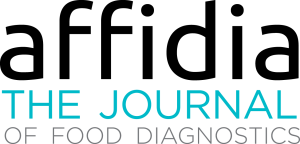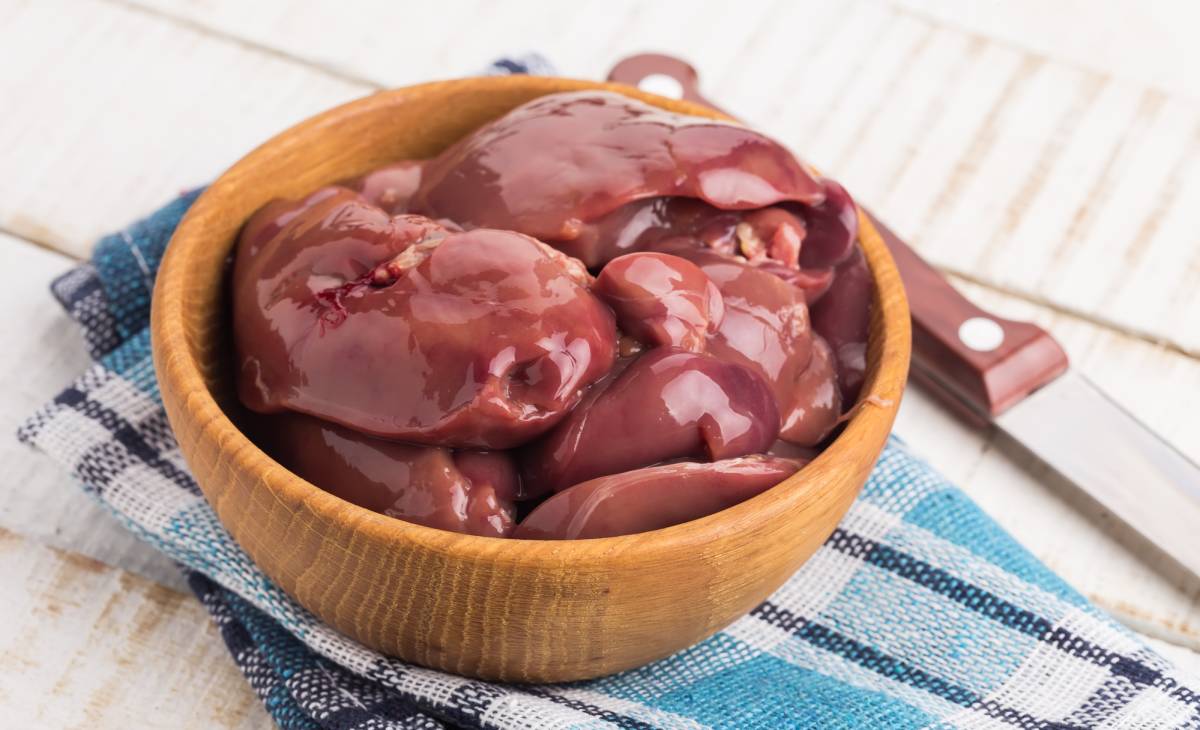The EU sets limits on PFAS in certain food
On 7 December 2022, the EU Commission published a new regulation ((EU) 2022/2388) amending the Regulation (EC) 1881/2006 by setting maximum limits for perfluorooctane sulfonic acid (PFOS), perfluorooctanoic acid (PFOA), perfluorononanoic acid (PFNA) and perfluorohexane sulfonic acid (PFHxS) and their sum in some products of animal origin, particularly for: fish, shellfish and bivalve muscle, eggs, meat of farmed animals and their offal.
PFASs are a large class of thousands of synthetic chemicals that are largely used in numerous commercial and industrial applications and that, due to their chemical bonds (which are one of the strongest in organic chemistry), can be found widely spread in the environment.
Contamination of food with these substances is mainly the result of bioaccumulation in aquatic and terrestrial food chains and the diet is the major source of PFASs exposure. However, also the use of food contact materials containing PFASs is likely to contribute to human exposure these substances.
In 2020, the European Food Safety Authority (EFSA) adopted an opinion on the risk to human health related to the presence of PFASs in food. EFSA concluded that these substances can cause developmental effects and may have adverse effects on serum cholesterol, the liver and the immune system and birth weight. Based on these conclusions, EFSA established a group tolerable weekly intake (TWI) of 4.4 ng/kg body weight per week for the sum of PFOS, PFOA, PFNA and PFHxS.
So, to ensure a high level of human health protection, maximum levels in food for those substances have been established. The regulation shall apply from 1 January 2023. Foodstuffs listed in the new regulation, lawfully placed on the market before 1 January 2023, may remain on the market until their date of minimum durability or use-by date.
There are thousands of PFASs already identified and there could be more, this is why they remain contaminants yet to be studied and investigated. For sure, the introduction of maximum limits for certain foods of animal origin is a step forward that could lead to more harmonized decisions also for food contact materials and for the environment.
Source:






















